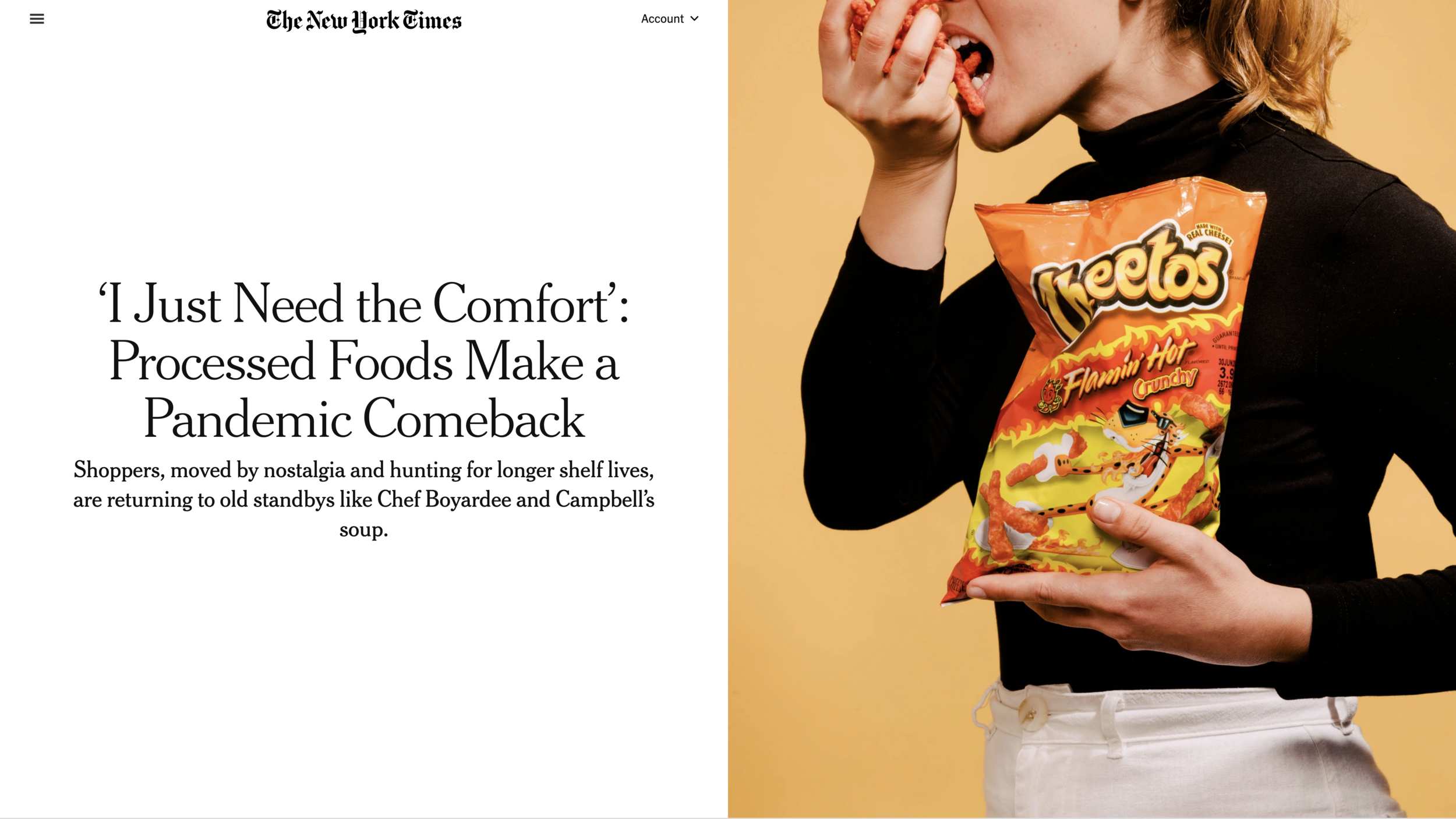Bex's Rules for Life
Bex Bassin is one of my “tribe” members from the Co-Active Training Institute Leadership Program that I am in. (See “Vicky Biggs Pradhan: How Crises Make Us Rethink Our Lives.) She had a wonderful analogy between her approach to making mosaics and an approach to life, so I asked her to do this guest post. Here are Bex’s words:
Rules to live by. (As lifted from mosaic principles)
To begin, start with a sketch. Actually, the very beginning starts with inspiration. I’ll see a tree in the moonlight and imagine how it could look made from shards of glass. I'll feel a sense of curiosity and power as I imagine my own enchanted interpretation of this tree. Light filtering through colored glass creates a hypnotic sensory delight. I don’t know how long I stare at the tree. Maybe it’s only a minute or maybe it turns into an awkward and uncomfortable few minutes for whoever is standing with me. As I stare, I’m translating my view into the specs and prep for a new project. How will I reflect the light from the moon? How dark should I make the tree? What is the color scheme? I’m imprinting this moment of the silhouetted tree. The anticipation spurs my desire to play and create.
Commitment is key; glue from the beginning. It’s a waste of time to lay out each piece without glue. I think this is where passion becomes relevant. Like in life, when I hold myself back from fulling committing to hedge my bets, in case it doesn’t work out or something better comes along, the world responds in kind. I still feel the loss if it doesn’t work out, so I didn’t save myself any heartache by not going all in. If I really don’t like an aspect of the mosaic, I can always take up the pieces that aren’t working when it’s clear there’s a mistake. But my commitment must be sincere here as well because it take effort to undo what I created.
It’s really about breaking things. The most fun I have with glass mosaics is when it comes to the breaking of the glass. The tactile nature of making my own puzzle pieces and I only know where the belong. There is so much satisfaction in mistreating fragility. I imagine my feminist predecessors felt the same way as they broke through ceilings. I find solace in the unconventionality of breaking a piece of glass and mixing it with other pieces according to my own version of beauty. And it’s a necessary step in the creation of a mosaic. Without breaking glass into shards of various sizes and shapes, there is no material to work with. And leveraging the tools to amplify my strength reminds me that sometimes I need help along the way.
Don’t force the fit, the right piece always lands into the right space. I suspect most humans have some level of anxiety underlying their actions. Since it’s part of our physiology, it must have provided value throughout select points in history. Although, in my own experience of partaking in the hamster wheel of achievement for two decades of my career, it’s hard to see the value of anxiety. The grind, ‘the she who suffers the most’ award, are no longer concepts I aspire to. After I managed to jump off the wheel, I recognized the value of ease and the magic of flow. It’s not random, flow can be cultivated by giving your mind some time off and dropping into your heart. It’s disconcerting at first, but my mind makes poor decisions, if it ever reaches one, when it comes to mosaic play. This relates to plans as well. If a piece doesn’t end up in the mosaic, then I didn’t need it.
Do what you love. I didn’t realize how much I pay attention to color until I started playing with mosaics. Color pops at me from every direction with the vibrancy of a mountain sunrise etches into my mind. I moved to California from the east coast nearly ten years ago. Shortly after moving, I commented to my mother that the sunrises and sunsets are just spectacular on the west coast and I couldn’t even recall seeing anything barely as beautiful on the east coast. She chuckled, and replied, “that’s because you weren’t looking”.
I enjoy every minute of creating. This continues to take me by surprise. I truly love this play and for a long time, I refused to call myself an artist. As one would expect, I had the usual doubt that I was any good and didn’t feel like I deserved to use the same label as someone who actually creates beautiful art. And then at some point, It didn’t matter to me. My pieces were for me to create. Each one felt like a part of me and I was content to keep them all forever. I would adorn every space on every wall, which when I imagine it, would be pure bliss. Each time I look at one of my pieces I’m taken in by it. The color, the shapes the absolute joy that they emit. Or maybe the joy is coming from me and its just echoing off the glass back at me.
The fine print: I recently received a new piece of counsel that I intend to add to my repertoire. *If I’m not having fun; change the rules.
Like me, Bex is a Co-Active Coach. (See “Co-Active Coaching as a Tool for Maximizing Utility—Getting Where You Want in Life.”) She supports individuals looking to discover and realize their answer to the question: what would you like? Here is her coaching contact information:
email address: bex@coachbex.com
phone number: (805) 410-3838
Bex Bassin
Bex’s most recent mosaic
















